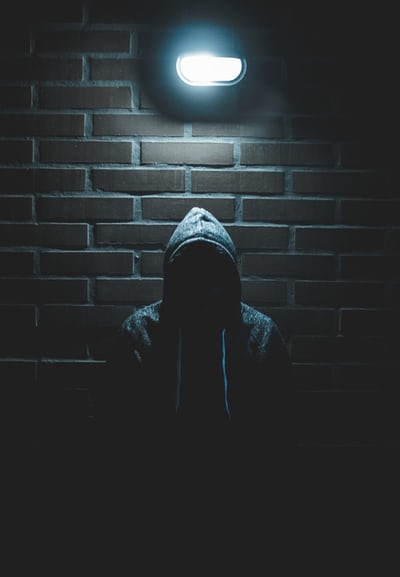Guest post written by Samantha Jane
From Alfred Hitchcock’s Psycho to M.Night Shymalan’s Split, the media has long been guilty of using psychosis as a scapegoat for fantastical criminality.
Even among newsrooms and journalists, crimes attached to any iota of mental illness are sensationalized with splashy headlines. This macabre fascination has only worsened the existing stigma towards mental health. With over 70% of the American public getting their mental health information from TVs, newspapers, and magazines, it’s not surprising that these inaccurate depictions have had negative effects:
Cases of criminal malingering have increased
A prevalent effect of misrepresented criminality within psychosis is the proliferation of malingering. Described as the act of feigning insanity to evade a heavier punishment, malingering occurs in about 17.5% of convicted criminals.
One infamous case of malingering involves one-half of The Hillside Stranglers Kenneth Bianchi. After terrorizing most of California in the 70s, Bianchi pretended to have an alternate personality (Steve) when he was captured. And he argued that Steve was the actual perpetrator. Bianchi was ultimately found guilty after his ruse was debunked. But at this point, his act had lengthened proceedings and cost the state more money. Since then, both criminal defense lawyers and convicted criminals alike have tried malingering, with many simply mirroring the signs of psychosis they see on film or TV.
Law enforcement has had to pivot their approach
As a direct consequence of the previous points, law enforcement officials have had to further their own understanding with regards to mental health. To prevent malingering and to justly identify defendants who were—or are—suffering from psychosis, many local and federal officers implement forensic psychology into their investigations. Officers who have completed either in-person or online forensic psychology degrees have been trained in abnormal psychology, criminal behavior, and social sciences. This enables them to make educated preliminary assessments of persons of interest.
Alongside this, a growing number of cities are implementing crisis intervention team training. These programs teach officers de-escalation techniques and the appropriate way to divert individuals to mental health services, when available. While these efforts have shown significant dips in unwarranted arrests or violent altercations, many states have yet to mandate these initiatives.
Vulnerable communities are further alienated from society
One of the most dangerous consequences of misrepresentation and sensationalization is the picture that it paints of those with mental illnesses. Under the guise of “informing” the public about red flags that indicate criminality, people who consume this media are influenced to fear those with mental health conditions. For instance, data suggests that 40% of all police calls are mental health-related events. This is despite the fact that only 5% of all violent crimes are committed by individuals with pre-existing mental health disorders. A study even shows that those with mental illnesses are more likely to be a victim of a violent crime, rather than the perpetrator. But even in more “white collar” circles, people are conditioned to perceive those with mental illness as untrustworthy or subversive.
Such was the case with Tim Dreby when he shared his own workplace experiences as someone with diagnosed schizophrenia. Despite the fact that Tim worked in the field of mental health, his diagnosis and survival story was used almost as blackmail. Unfortunately, a similar story is echoed across the nation as surveys show those with mental illness are up to seven times more likely to be unemployed.
Will Media Be Changing Anytime Soon?
True crime shows and horror movies are some of the most well-received media today. So, unfortunately psychosis will probably continue to get associated with criminality. Of course, this isn’t to say that some changes aren’t on the way. Organizations like the United States’ National Mental Health Association (NMHA) and Australia’s Mindframe program have begun to suggest guidelines that more fairly and safely depict mental illness. Whether these guidelines are to be widely used and accepted, though, remains to be seen. For now, criminality and psychosis are still part of an industry that seems to have little care for the widespread consequences they encourage in the name of “entertainment.”
Article written for timdreby.com
By Samantha Jane


